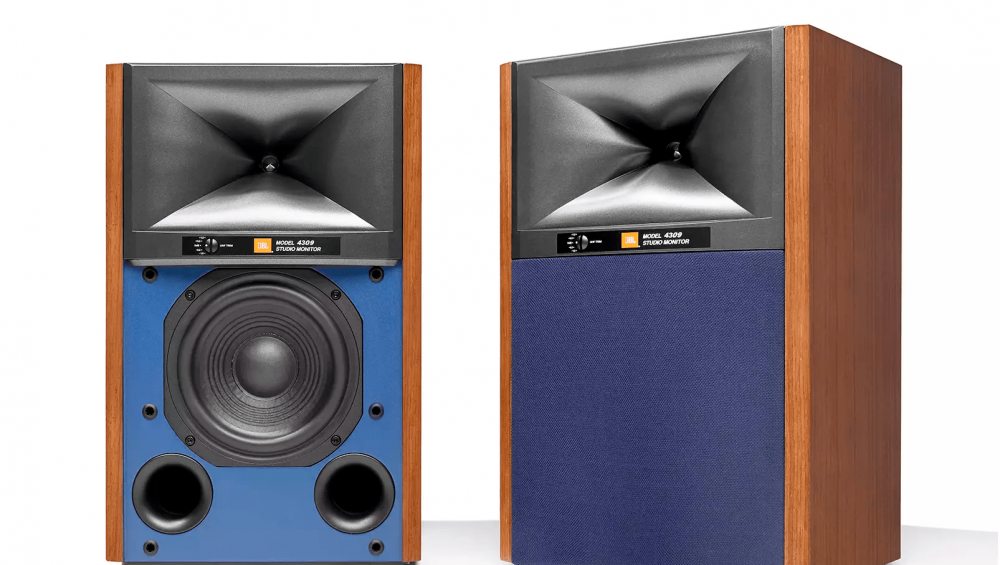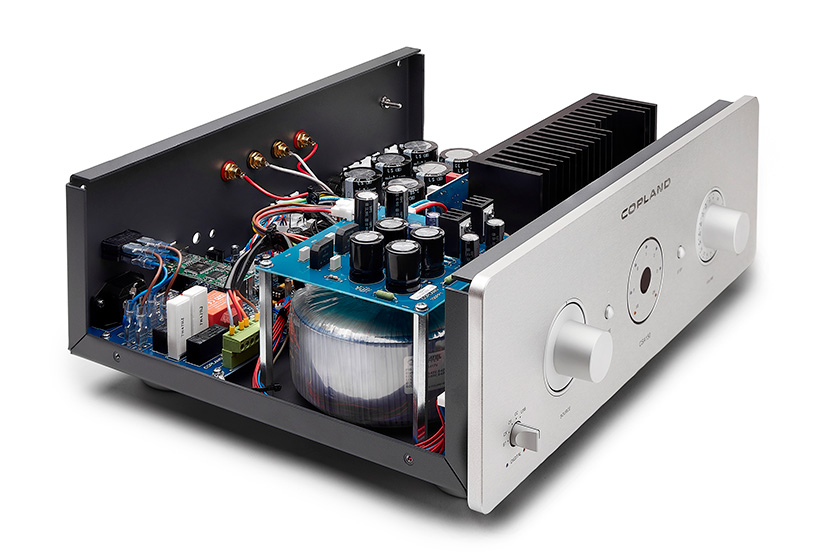Denon has announced a new addition to its premium X-range of home cinema amplifiers offering some of the company’s most advanced features at an accessible price point. Launching next month, the AVR-X1700H will offer seven channels of amplification at 80W per channel (8 ohms, 2ch driven) with three 8K HDMI inputs and support for a host of immersive surround formats including Dolby Atmos, Dolby Atmos Height Virtualization, DTS:X and DTS Virtual:X.
With six inputs and one output, the HDMI board on the AVR-X1700H includes three 8K inputs supporting 8K@60Hz and 4K@120Hz video pass-through up to 40Gbps. All of the HDMI inputs boast 4:4:4 chroma sub-sampling and compatibility with a variety of HDR codecs including HDR10, HDR10+, Dolby Vision and Hybrid Log-Gamma. A handy new feature displaying HDMI signal information will mean users can easily confirm the resolution of the signal they’re viewing and which HDR formats are passing through the AVR.
Gamers will be pleased to know that 4K@120Hz pass-through, Variable Refresh Rate (VRR), Quick Frame Transport (QFT), and Auto Low Latency Mode (ALLM) are on-board for a smoother playing experience. Elsewhere there’s also 8K upscaling on all inputs as well as eARC (Enhanced Audio Return Channel) to deliver uncompressed audio via a single HDMI cable.
If you own height or in-ceiling speakers, the 7.2 channel AVR-X1700H can be configured to drive a 5.1.2 Dolby Atmos or DTS:X system. But those without vertical channels can take advantage of DTS Virtual:X and Dolby Atmos Height Virtualization technologies which aim to recreate 3D audio for 7.1, 5.1 or 2.1 speaker arrangements.
For streaming music, the AVR-X1700H is compatible with Apple AirPlay 2 and supports high-resolution formats, including FLAC, ALAC and WAV files, as well as DSD 2.8/5.6MHz. Users can stream music from services such as Spotify and Tidal using Bluetooth or Denon’s built-in HEOS technology. HEOS also allows the AVR-X1700H to stream music wirelessly across compatible products from anywhere in the home. And a built-in Bluetooth Audio Transmitter gives listeners the opportunity to listen via Bluetooth headphones either on their own or simultaneously with speaker playback. Meanwhile, those more interested in physical music formats will welcome the inclusion of a phono input for vinyl playback.
Voice control of the AVR-X1700H is possible using compatible services including Amazon Alexa, Google Assistant, Apple Siri and Josh.ai, while initial set-up can be performed using Denon’s AudysseyMultEQ XT calibration software. This technology detects the speakers’ size, type, and configuration and measures their response in the room to optimise performance. Listeners can then further customise settings using the AudysseyMultEQ Editor app (available for purchase on iOS and Android), while a “Dual Speaker Presets” feature lets users store and switch between two different speaker configurations and Audyssey settings.
The AVR-X1700H will be coming soon and available for audition in 4-8 weeks time.















